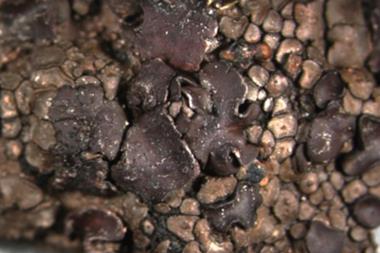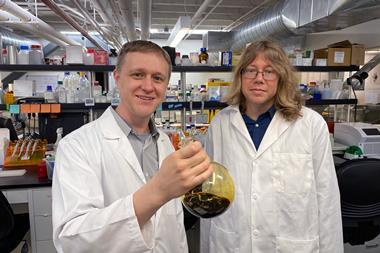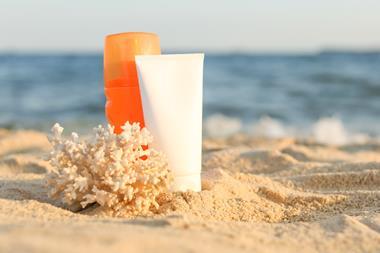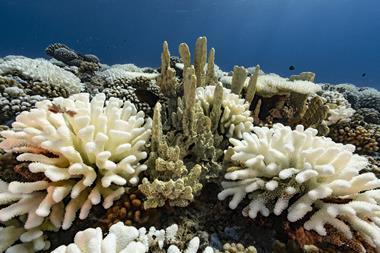A strategy for making innovative new sunscreens that can block UV radiation but whose molecules are too big to penetrate skin, coral or algae, has been developed by researchers in China. Animal tests have demonstrated that this polymeric UV filter is more effective than existing sunscreens at preventing sunburn in mice. In contrast, the more common organic UV filters in sunscreens have lower molecular weights and can disrupt marine environments.
‘This is an initial exploration of a new strategy to design bio-friendly and coral-friendly polymeric UV filters,’ explained Lei Tao, a chemist at Tsinghua University who is the study’s senior author. He expressed hope that this research can help spawn a new generation of sunscreens.
The inspiration for this work was a trip that Tao took to the Great Barrier Reef in 2010, where he was impressed by the beautiful coral and then came to learn that sunscreen is one of the causes of coral bleaching. Tao became interested in creating a coral-friendly sunscreen, and his team began tackling this goal by generating different ring-shaped molecules with similar structures to avobenzone, an existing UV filter. Next, they exploited another chemical reaction to link these ring-shaped molecules together in different combinations through free radical polymerisation.

The researchers created several potentially promising candidates and the polymer UV filter that they ultimately zeroed in on proved to be significantly superior to oxybenzone, avobenzone and two commercial sunscreens. Mice treated with it neither absorbed the water-soluble polymer through their skin, nor suffered any inflammation. In addition, unlike currently available chemical sunscreens, it appeared to be safe to coral and algae. Their prototype did not affect Chlorella algae or two common types of coral, Acropora and Palythoa, which bleached and died within six and 20 days of exposure to oxybenzone, respectively.
The authors acknowledge, however, that the structure of their UV filter’s chemical backbone means that it is not biodegradable. But Tao says that they could combine this compound they’ve developed with others to create an environmentally-friendly and biodegradable UV filter. Meanwhile, the researchers plan to work with companies to test their UV filter to see whether it can be used in sunscreens.
References
Y Zeng et al, Cell Rep., 2023, DOI: 10.1016/j.xcrp.2023.101308

















No comments yet